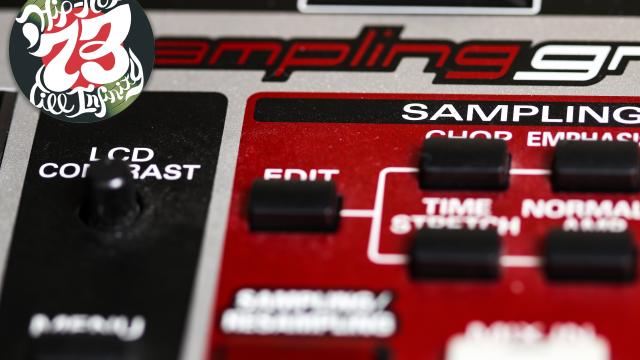Hip-hop’s ascent over the past half-century from the streets of the Bronx to the top of the charts and streaming playlists was made possible in part by new musical tech that bridged the analog and digital worlds of production. From drum machines and digital samplers to modified turntables, hip-hop artists took relatively new musical tools of the time and repurposed them in ways that have come to define not just the legacy of the tech but the entire genre.
While most artists making music in 2023 may start out with nothing more than a laptop brimming with digitized soundscapes, many of the textures that come pre-loaded onto contemporary music software were directly inspired by these chunky, metal, and plastic hunks of equipment artfully crafted by some of the world’s top engineers. Continue reading below to see some of hip-hop’s most important tech and what could be around the corner.
The Roland TR-808 and the Rise of Drum Machines
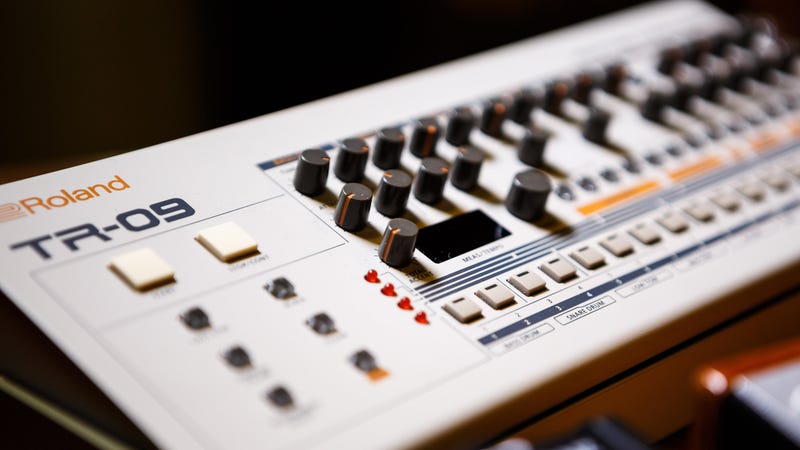
You know you’ve made it in any industry when the name of a tool or product becomes the universal catch-all of others, like Google or Kleenex. That’s exactly what happened with the Roland TR-808 drum machine first released in 1980. In the 40 years since, the product has likely made an appearance in thousands of tracks from Marvin Gaye and Afrika Bambaataa all the way up to Ye, the rapper once known as Kanye West.
The Roland TR 808 is still used in some scenarios but more often artists and listeners will colloquially refer to the term “808″ to refer to a variety of drum machines, many influenced by the trend centre. The success of 808-style drum machines in rap music has led to the wide adoption of the sound style in everything from country songs to rock music.
Sampling Machines

It’s impossible to discuss hip hop without exploring sampling, the process of taking a section of audio from one song and reworking it to fit in a new creation. This process of borrowing and reimagining music is fundamental to the development of modern hip hop, and really music generally, and it was largely made possible due to a variety of portable, relatively affordable handheld digital samplers coming to market in the early 80s.
Intrepid artists had found ways to manipulate audio to create samples in years prior, but the advent of the Akai MPC series and competitors led a new generation of artists to explore sounds that would eventually become foundational beats using very little equipment. It also brought about a new age of complicated copyright claims still being worked out to this day.
Tunrtable DJs Reimagine the Humble Record Player
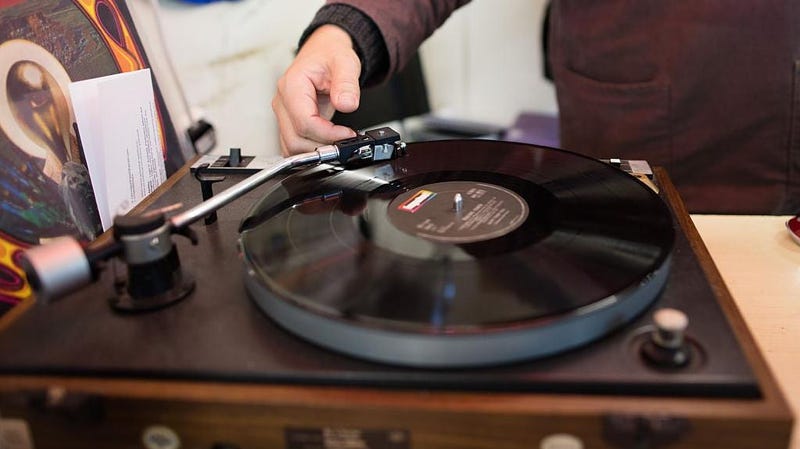
In its essence, a turntable simply refers to the part of the record player that sounds the record while it plays. What are now known as “turntablists” evolved the simple process of leading one record into another into its own art form. Early hip hop pioneers like DJ Kool Herc and Grandmaster Flash learned to manipulate turntables to create breakbeats and the notorious scratching sounds inextricably linked to late 80s and 90s hip hop.
BoomBoxes Shared Music With The Neighborhood
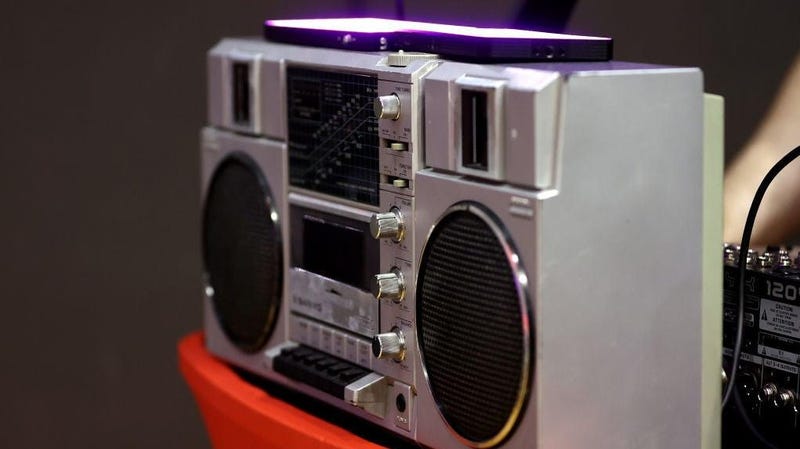
The hefty, iconic suitcase-sized boomboxes of the 90s may seem like a relic now compared to infinitely better and more portable Sonos or Bose speakers, but they played a critical role in filling city streets with music and bringing members of communities out to participate in the process of or experiencing making music.
Boomboxes manufactured by Sharp, Toshiba, and Fisher helped spawn an era of rap battles, break dancing, and other crucial elements of hip-hop culture defined by communal energy and participation.
Portable CD Player Helped Make Music Initmate
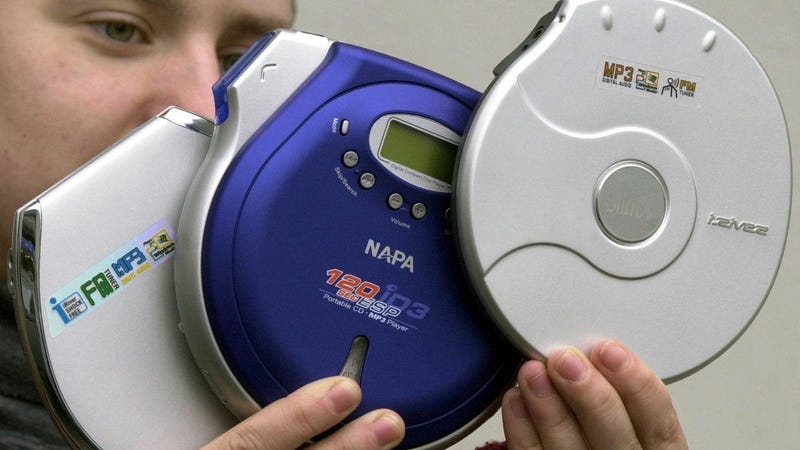
Portable CD players served as a timely foil to the loud, blunt communal-driven experience introduced by the Boombox. Released in the late 1980s, portable CD players came to replace cassettes and offered listeners the ability to easily access music privately, on their own terms, whenever they wanted. The inherent intimacy of headphones connected to a CD player gave additional runway for left-of-centre artists or untraditional music that defined norms to gain an engaged audience. That fundamental change in the way mass consumers experience music continues on to this day, with highly specific hip subgenres and eclectic mashups finding their way on playlists and other platforms catering to highly specific subgenres.
Synthesizers
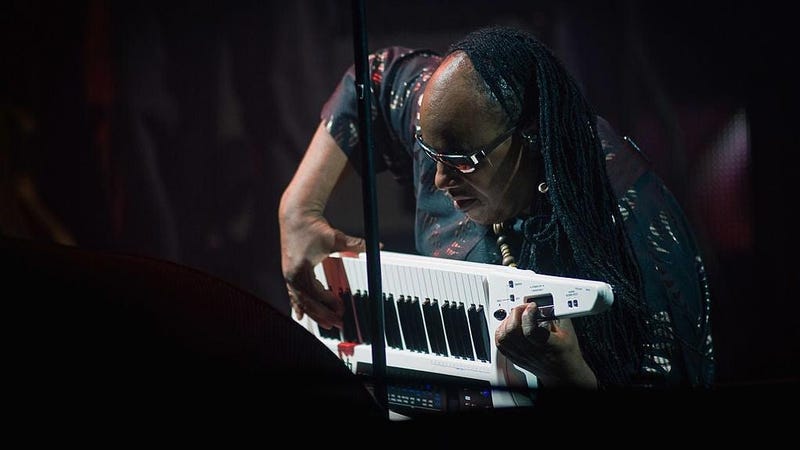
Modern synthesizer sounds have become a background staple in everything from modern music to video game and movie scores, but part of the popularity is due to a resurgence in the technology’s use by early hip-hop musicians.
The Moog synthesizer, first created by American engineer Bob Moog in 1964, stood out in particular and became a regular occurrence in records produced by iconic names like Jay Dilla and eventually Dr. Dre. A handful of breakthrough records utilizing the electric sound at the time helped usher it into the mainstream for decades to come.
Auto-Tune
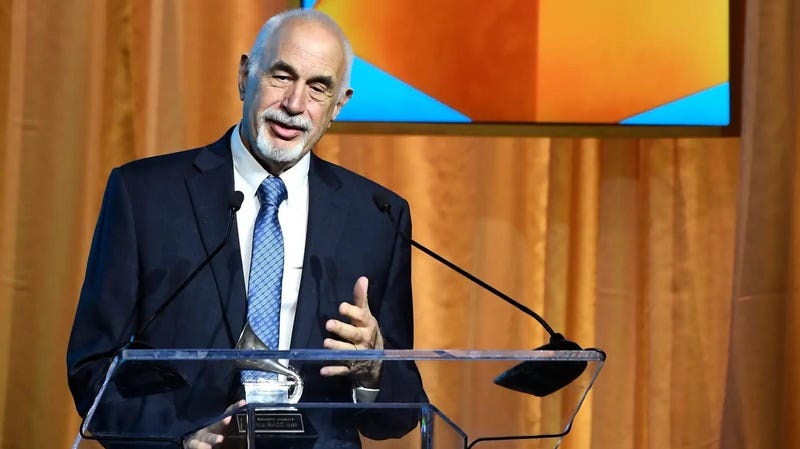
Auto-Tune, a digital production tool intended to correct pitch on vocals and instruments, has left its mark on just about every popular song one can listen to in 2023. Though most artists use Auto-Tune and its competitors for minimal, discrete touch-ups, hip-hop artists more than anyone else have pushed the tools to their limits to create an entirely new form of artistic expression.
By manipulating the speed with which notes are “corrected” to a desired pitch, artists discovered they could use the Auto-Tune feature to produce otherworldly, robotic-sounding distorted effects. Rapper T-Pain leaned heavily into this effect for his own style of R&B which he called R&B, which he called “Hard&B. Others like Lil Wayne, Lil Yachty, and Travis Scott took the drenched Auto-Tune sound and pushed it into new directions.
Artificial Intelligence?
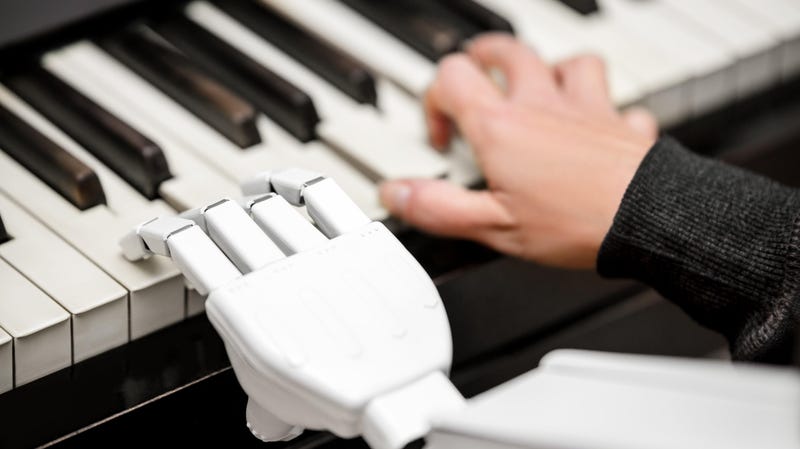
Though many of the gadgets and gizmos disused in this article made their debut in the late 80s and 90s, generative AI just could potentially prove to have one of the longest-lasting impacts on hip hop, and maybe all music in years to come. Earlier this year, a creator used AI software to convincingly replicate Drake and The Weeknd’s vocals on a track called Heart On My Sleeve. The song was convincing enough to drive a mini news cycle of listeners who believed it was an authentic new release from the artists. Record labels representing the artists quickly intervened and had the song removed from all major music streaming platforms over copyright concerns.
The debate over AI-generated music, however, is far from over. Current copyright laws aren’t crystal clear about who can own digital representations of an artist’s voice. Artistically, the advancement of this technology could open new doors for hip-hop hopefuls looking to include any number of artists’ digital representations as guest pseudo-guest rappers on their own songs. AI-generated beat makers, meanwhile, could place an infinite arsenal of sounds and backdrops at the fingertips of rappers and lyricists.
